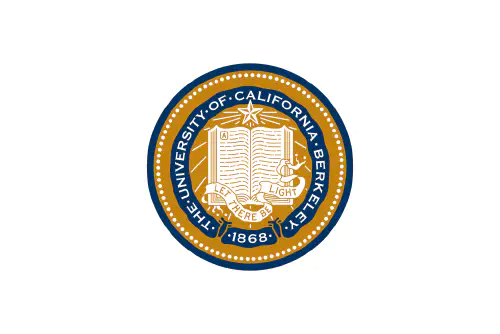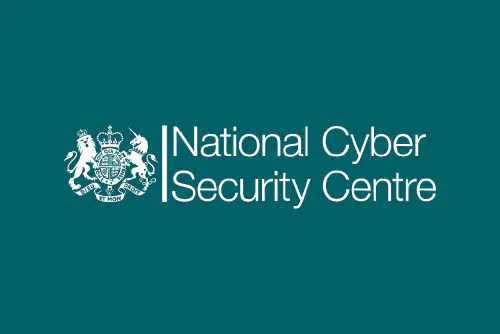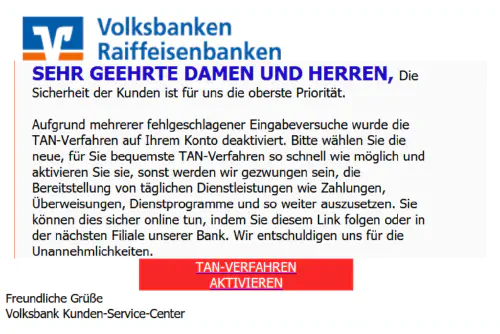You have clicked on a link that you failed to identify as non-legit. Although this particular website is safe, you could possibly have ended up as a victim of a phishing attack due to your ignorance, if the link you clicked on was actually malicious!
You would have just clicked on a phishing link!


Berkeley University answers the most important questions about phishing.
security.berkeley.edu
How to spot the most obvious signs of a scam, and what to do if you've already responded.
ncsc.gov.uk
The German Consumer Protection Agency has a list of recent phishing attempts that you should definitly check out.
verbraucherzentrale.de